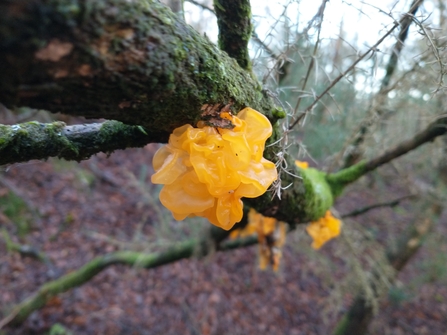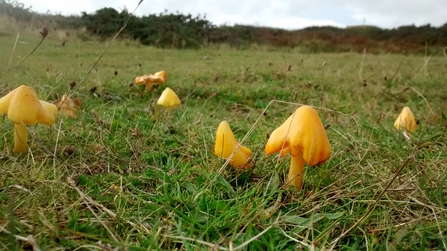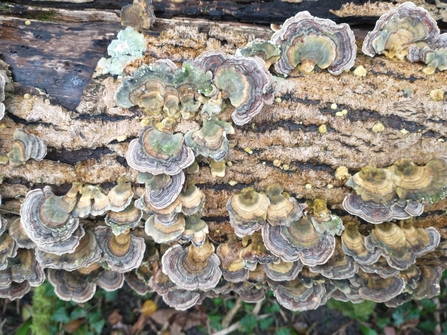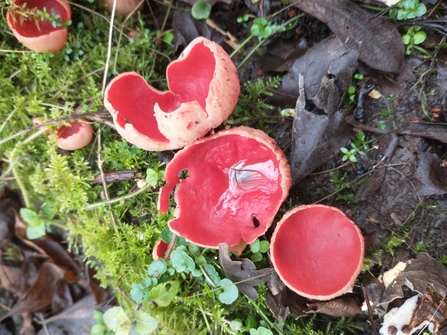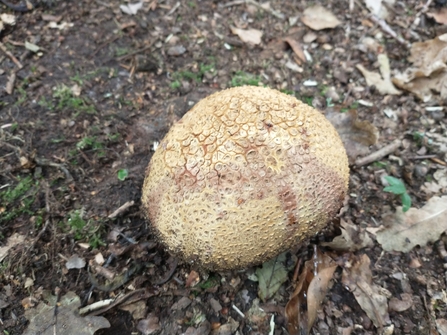When we think about nature, we often think of plants, animals, birds, and even insects and other invertebrates. But what about fungi?
They comprise some of the most diverse and fascinating organisms in the world and can survive and thrive in all habitats and under the most extreme conditions, even at the bottom of deep oceans.
They are vital to many ecosystems, playing a key role in nutrient cycling and breaking down organic matter, forming a key component of healthy soils and helping some plants access nutrients and water. They are also a food source for animals and people. Some have even been found to be able to break down plastics and hydrocarbons, with research being undertaken into their potential for cleaning up our messes including oil spills and plastic pollution.
Many fungi exist as single celled organisms or mats and webs of filaments called hyphae, and these are often microscopic and invisible to the naked eye. The fungi we typically think of are those that produce fruiting bodies such as mushrooms, which grow out from their substrate, with diverse colours and forms. This is part of the reproductive strategy for these fungi, allowing them to disperse through spreading spores. The fungi are present in the soils, or rotting wood all the time, spreading through the substrate as a fine network or mycelium, but we only spot them when their fruiting bodies suddenly emerge.
Fruiting of fungi is usually triggered by changing environmental conditions such as temperature, light and moisture. In the UK, we see many fungi starting to fruit in the autumn, as hotter, drier summer weather gives way to milder, wetter conditions.
Although many fungi might seem instantly recognisable, there are often very subtle differences between similar species and identification of fungi is difficult. Often microscopic examination of spores is needed and even experts are frequently baffled, with new species being discovered every year in Britain.
Here are some species of fungi to look out for in Dorset:


